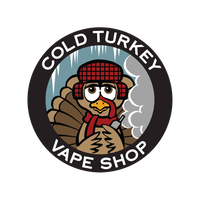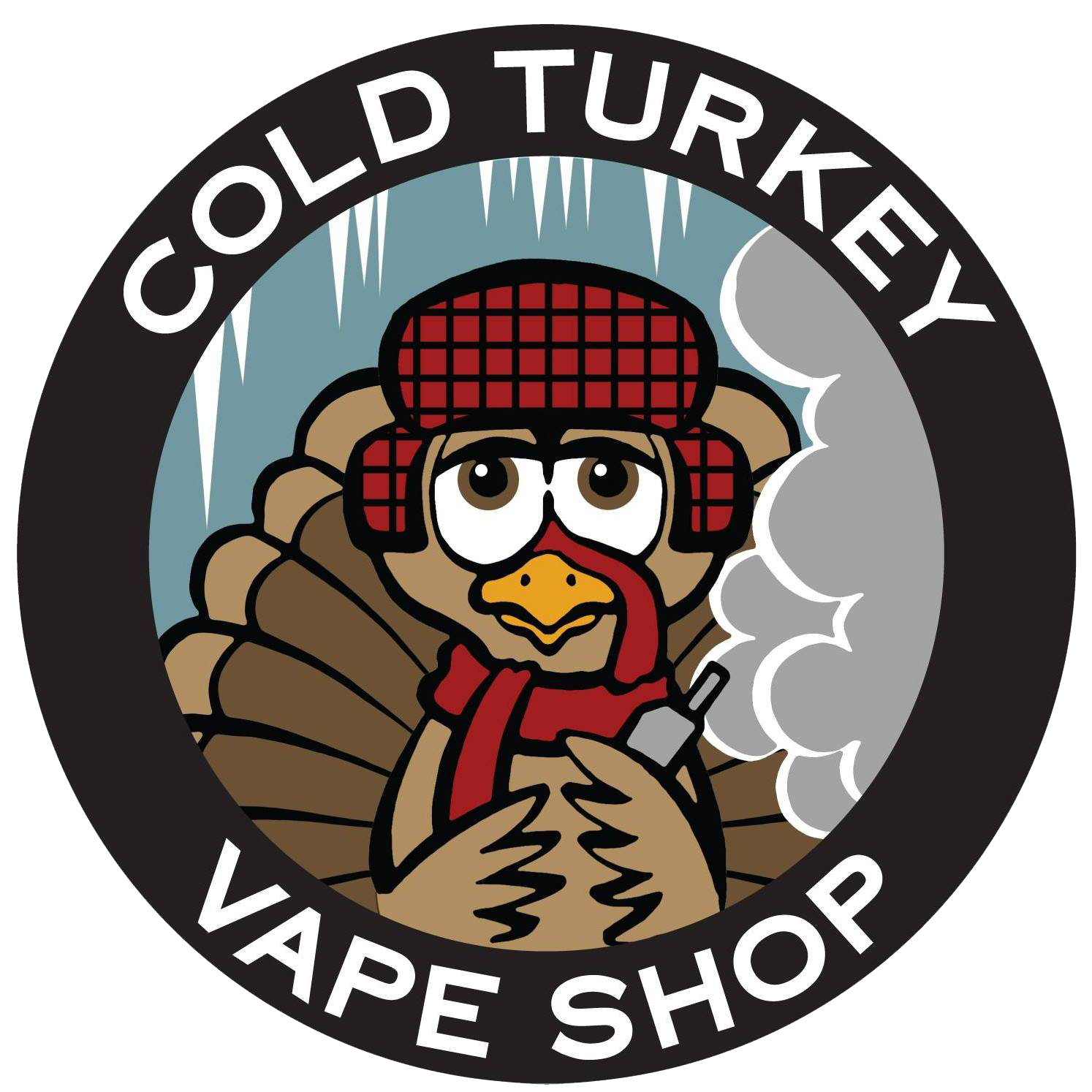
For years, the vaping industry regulated itself without much input from the Government of Canada. We tried to ensure that age restrictions, packaging, containers, advertisement, and other facets of our products and marketing limited potential harm.
Of course, not all companies complied, but the majority of us in the industry were ecstatic when actual regulations were established through Health Canada. We’re going to take you through those laws and regulations now:
Age Limits
The Government of Canada has set strict limits on the age at which Canadians can use vaping products. It’s illegal to sell or provide anyone under the age of 18 with vaping products, including vapes, e-liquid, and other peripheral products. Various different provinces also have age limits. They are as follows:
British Columbia: 19
Alberta: 18
Saskatchewan: 18
Manitoba: 18
Ontario: 19
Quebec: 18
Newfoundland: 19
New Brunswick: 19
Nova Scotia: 19
Prince Edward Island: 21
Yukon: 19
Northwest Territories: 19
Nunavut: 19
These age limits are subject to change but are accurate as of the writing of this article (April 2023).
Limits on Nicotine Strength
In Canada, it’s illegal to manufacture, import, package, or sell vape juice with a concentration of 20 mg/ml of nicotine or higher. This rule was introduced in the summer of 2021, which is why you may remember a time when e-liquids were being sold with higher concentrations of nicotine.
Child-resistant Containers
Vaping devices, vaping parts, and e-liquids with a nicotine concentration of 0.1 mg/ml or more must be packaged in child-resistant containers (CRCs). There are a number of different rules that describe what makes a container childproof (one example is a container that can only be opened with a tool that didn’t come with the container).
We won’t get into the long legal details of what makes a container childproof, and what tests those containers have to go through. Know that all of the vaping products we sell come in approved CRCs.
Excise Tax
Producers, importers, and other entities responsible for packaging, importing, and producing vaping products must pay excise tax. These costs are often absorbed, in part, by the end consumer.
The excise tax is set at 1$ per 2 ml for the first 10 ml, then at 1$ per 10 ml. This means that a 10 ml bottle of vape juice is subject to a 5$ tax, while a 30 ml bottle of vape juice is subject to a 7$ tax.
Note that the amount of nicotine in the product does not affect the excise tax—a 30 ml bottle with 20 mg/ml of nicotine is taxed at the same rate as a 30 ml bottle with 5 mg/ml of nicotine.
Advertising Restrictions
There are a number of different restrictions on advertising vaping products. One of the most important of these restrictions is that vendors and other stakeholders are prohibited from advertising products in a way that can be seen or heard by minors.
That’s one of the reasons that all vaping-related sites in Canada have age verification. You’ll never see vaping products being advertised on TV, on billboards, on buses, or in any other public spaces. Most advertising occurs at the point of sale.
Other regulations on advertising vaping products exist, the most well known example of which being the health warnings that inform users of the risks of vaping.
The Potential Flavour Ban
As it stands, e-liquids with a wide variety of different flavours can be sold in Canada. The Government of Canada is, however, considering legislation which would ban the sale of most flavours of e-juice. The only flavours that might be allowed under this legislation are mint/menthol and tobacco.
Though the legislation has not yet been released, keep your eyes open—you may benefit from buying your favourite flavours before they’re banned.
Expiration Date Regulations
Health Canada, under the Tobacco and Vaping Products Act, requires that all packaging for vapes and vaping accessories (read that in Hank Hill’s voice) is factual. While they don’t have specific legislation on expiration dates, manufacturers want you to get the most out of their products. After years of self-regulation, some manufacturers will include expiry or best-before dates on their products.
Conclusion
Our vape shop in Winnipeg is thrilled that the Government of Canada has introduced legislation to ensure everyone can enjoy vaping safely. We still view our products as excellent alternatives to cigarettes. While we’re not ecstatic about the potential legislation surrounding vape flavours, we’ll keep you updated on any changes. Check our blog regularly, and come visit us in person if you have any questions.




